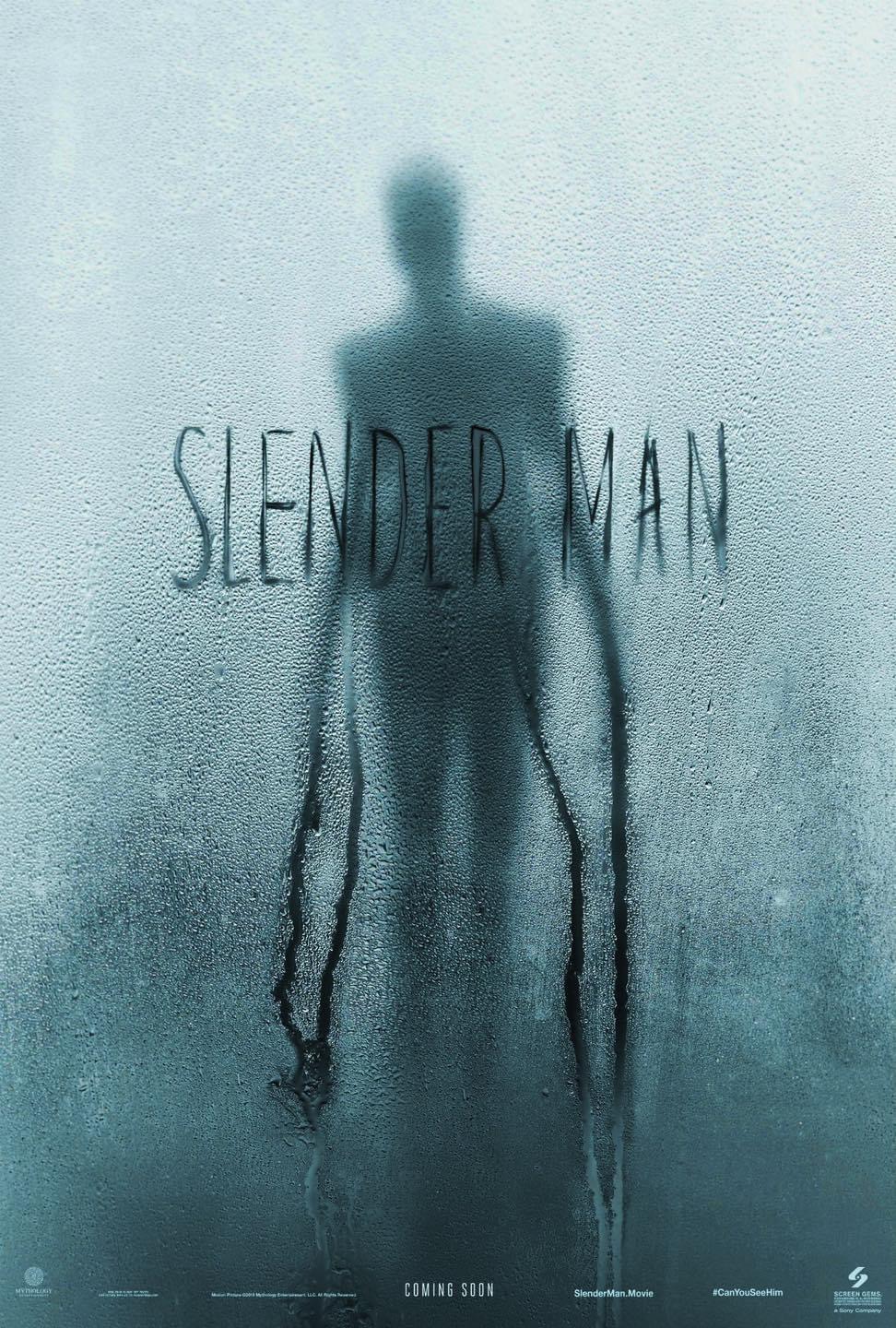Slender Man (2018)

Slender Man (2018), directed by Sylvain White, is a supernatural horror film inspired by the infamous online urban legend of the same name. The movie follows a group of teenage girls in a small town who, out of curiosity and peer pressure, attempt to summon Slender Man—a tall, faceless entity known to prey on children. Their ritual has unforeseen consequences, spiraling into a harrowing experience as they face terrifying visions and, eventually, their own disappearances.
Suggested videos for you:
Plot Summary and Premise
The story begins with four high school friends—Hallie (Julia Goldani Telles), Wren (Joey King), Chloe (Jaz Sinclair), and Katie (Annalise Basso)—living in a quiet town. When they hear about a ritual that supposedly summons the Slender Man, they initially approach it as a spooky game. But soon, eerie visions and strange occurrences start haunting them. Katie is the first to disappear under mysterious circumstances, which the others suspect is related to the entity they unwittingly summoned. As the story unfolds, the remaining friends experience escalating psychological torment and paranormal occurrences, slowly unraveling under the fear of the Slender Man’s presence.
Visuals and Atmosphere
One of the film’s strengths lies in its atmospheric visuals. Director Sylvain White and cinematographer Luca Del Puppo create a haunting aesthetic with dark, foggy woods and unsettling dream sequences. The production design leans heavily on stereotypical horror motifs—dilapidated locations, abandoned buildings, and dark corridors, all enhancing the sense of foreboding. The film also attempts to visually represent the Slender Man myth with eerie, elongated features and a presence that lurks in the shadows, although some CGI effects can feel overly stylized and occasionally detract from the fear factor.
Themes and Symbolism
While the Slender Man story has potential to explore themes like online myth-making, teenage peer pressure, and the risks of sensationalizing horror for entertainment, the film only scratches the surface. The Slender Man legend, originally an internet creepypasta, is symbolic of how urban legends take root and affect young minds. The film hints at this social phenomenon but never fully delves into it, missing an opportunity for a more profound critique of viral myths or the internet’s influence on young people.
Performances
The film’s cast, particularly Joey King and Julia Goldani Telles, attempt to ground their characters with genuine fear and tension. However, the character development is thin, making it difficult for the audience to form a strong emotional connection. The script lacks depth, resulting in performances that feel flat and stereotypical of the genre—characters are defined by typical horror tropes rather than as complex individuals, and they make predictable decisions that ultimately lead them into danger.
Pacing and Structure
One major criticism of Slender Man is its pacing, which oscillates between dragging scenes and rushed resolutions. The film builds a slow tension initially but then quickly succumbs to a series of loosely connected horror set-pieces without adequate narrative build-up. Important moments lack cohesion, making the storyline feel somewhat disjointed and reducing the potential impact of Slender Man’s presence. The screenplay, which is primarily focused on generating scares, sacrifices a logical or emotional progression for shock value.
Reception and Controversy
Slender Man was met with widespread negative reviews upon its release, with critics and audiences noting the lack of character development, slow pacing, and superficial scares. Additionally, the film faced backlash from those affected by the real-life stabbing incident in 2014, where two young girls attacked their friend, claiming to be influenced by Slender Man. The controversy surrounding the film’s perceived insensitivity added to its poor reception, with some theaters refusing to screen it due to community objections.
Final Thoughts
Slender Man is a horror movie that, despite its unsettling premise and intriguing origin in internet folklore, fails to deliver a gripping or memorable experience. Its lack of originality and depth, coupled with a poorly constructed script, leaves it feeling hollow. Rather than exploring the psychological implications of the myth, the film opts for a series of disjointed scares that lack the emotional resonance to genuinely unsettle viewers. Fans of supernatural horror may find brief moments of tension, but the film as a whole does not live up to its chilling potential and, ultimately, fails to leave a lasting impact.
In summary, Slender Man is a disappointing entry in modern horror, and while it contains some interesting visuals, it falls short in terms of story, character development, and thematic exploration. It’s a film that serves as a reminder of the pitfalls of adapting viral internet phenomena without a compelling script to back it up.










